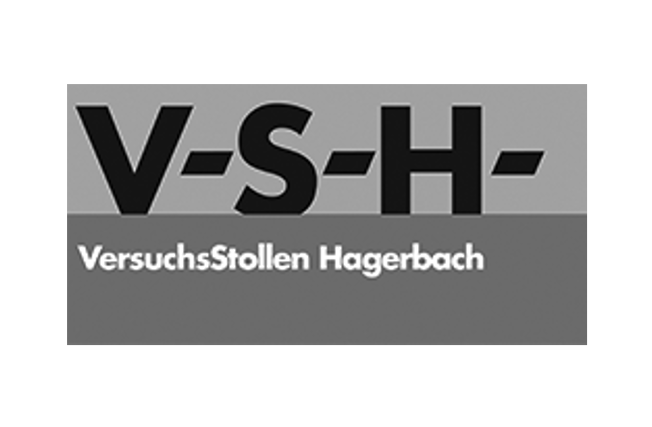Bekaert, a global leader in steel wire transformation and coating technologies, aspires to be the leading partner in shaping a safer, smarter, and sustainable future. Renowned for its expertise in material science, Bekaert provides innovative steel wire solutions for the construction industry, ensuring structures meet the highest standards in speed, cost-effectiveness, safety, and durability.
Benoit De Rivaz, the Global Business Development Technical Manager for Bekaert Underground Solutions, is at the helm of this success. With a decade dedicated to Dramix in tunneling applications and a rich background in international tunneling projects, Benoit shares more on Bekaert's involvement in the M4-M5 Link Tunnels Project.
Introducing the M4-M5 Link Tunnels Project
Bekaert played a crucial role in the success of the M4-M5 Link Tunnels project in Sydney, Australia. The 7.5km-long tunnels connect the new M4 Tunnels with the M8 Tunnels, forming the 33km-long WestConnex Motorway.
The project involved innovative solutions to address challenges faced by past applications.
The Challenge
The M4-M5 Link Tunnels project in Sydney faced substantial challenges in Permanent Sprayed Concrete Lining (PSCL) applications, requiring a departure from adhesion reliance for long-term performance.
All thin linings must perform under fire exposures of four hours ISO and two hours HC both during fire incident and post-fire with a residual load capacity. These new requirements drove a minimum thickness of sprayed concrete to be 130mm or greater, even in relatively competent rock.
Pioneering these changes, the project team innovatively redesigned the mix, prioritizing high structural performance, notably in flexural capacity. A key transformation included introducing groundbreaking high-strength steel (1850MPa) double end-hook fibers, a first in Australian sprayed concrete.
Challenges included validating design improvements through large-scale testing in a field confirmation phase. High-performance shotcrete facilitated specialized design methods, crucial for proving the capacity of thin linings.
Validation tests followed EN 14651, confirming the performance class mini per MC 2010. The final mix achieved targeted structural performance with a strength of 40 MPa and residual flexural strength values (fr1 > 3.5 MPa and fr4 > 3MPa), overcoming industry challenges.
Numerical demonstrations showcased compressive membrane action significantly enhancing flexural performance, setting a precedent for future advancements in sprayed concrete technology.
How Dramix® 4D65/35BG Steel Fibres Were Used
Recognizing past challenges with concrete reinforcement, the M4-M5 Link Tunnels project took a decisive turn at its onset, opting for a transformative solution – Dramix 4D65/35BG steel fibres. This high-performance end-hooked steel fiber addressed historical non-conformance issues and design checks, offering a promising alternative to traditional methods.
Introducing Dramix 4D65/35BG brought a compelling value proposition, delivering equivalent technical performance to conventional reinforcement but significantly reducing steel usage by up to 60%. This strategic reduction enhanced the project's efficiency and markedly reduced its carbon footprint, aligning with sustainability objectives for underground construction.
Dramix SFRC's outstanding performance, particularly in hardening post-crack behavior validated through a three-point bending test, ensured effective crack control during Serviceability Limit State (SLS) conditions and enhanced structural ductility under Ultimate Limit State (ULS) conditions.
Designed for permanent sprayed concrete applications, Dramix 4D65/35BG demonstrated optimal crack control capabilities thanks to its innovative glue technology that addressed fiber balling during mixing and ensured a homogeneous distribution of fibers throughout the concrete mix.
With features such as high tensile strength exceeding 1800MPA and a fiber network of 16,000 lm/m3 at a minimal 30 kg/m³, Dramix 4D65/35BG emerged as a pioneering solution, setting new benchmarks for concrete reinforcement in the project.
Benefits Achieved
The use of Dramix 4D65/35BG resulted in notable performance benefits. The tunnel linings saw a 15% reduction in sprayed concrete thickness and a 10% reduction in reinforced steel fibers. It also demonstrated cost savings of $11,000,000.
Benoit emphasized:
"To maximize the use of such high-performance shotcrete, the design adopted for the tunnel lining also included a concept not previously used in designing thin tunnel linings with rock bolts: compressive membrane action."
The project also substantially reduced sprayed concrete usage and reinforced steel fibers, resulting in environmental and cost-saving benefits. Benoit highlighted the success:
"After more than 250,000 m3 of steel-fibre reinforced shotcrete sprayed in the project, the project confirmed a successful and consistently conforming application of this higher performance shotcrete with an overall quantity reduction in shotcrete of between 15% to 20%.
The tunnel linings, incorporating Bekaert's steel fibers, were designed for a 100-year lifespan with a focus on sustainability.
The decision to use SFRC aimed to reduce shotcrete quantities, achieve cost savings, and promote environmental sustainability. Bekaert continues to explore recyclability, contributing to a microplastic and pollution-free solution.
Bekaert's involvement contributed significantly to the project's recognition with the Excellence in Economic Outcomes Award by the Australian Infrastructure Sustainability Council. The value proposition of using high-performance shotcrete fibers at lower dose rates played a crucial role in the project's success.



















